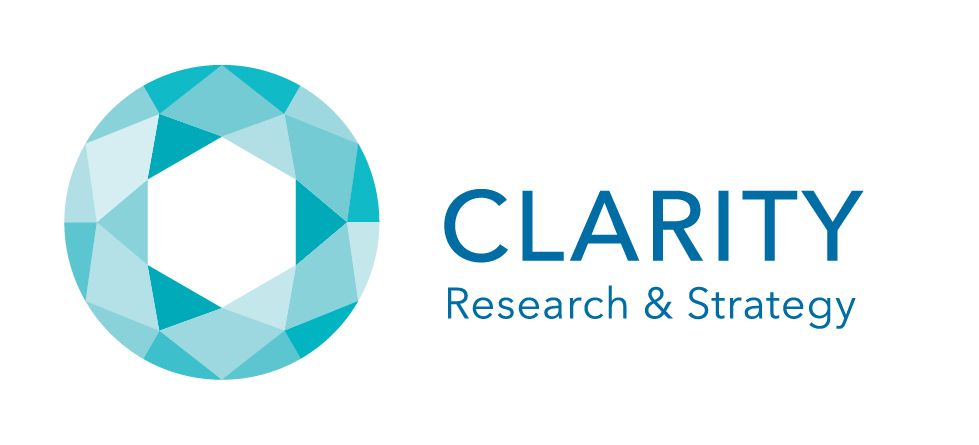Some of the most surprising breakthroughs in business don’t begin with a bold idea—they start with a humbling realization: our gut feeling was wrong. It’s easy to trust intuition when it’s backed by years of experience, but what happens when cold, hard data tells a different story? That’s where market research earns its keep—by giving decision-makers the clarity they didn’t know they needed. Welcome to a space where we explore how data-driven discoveries have disrupted well-worn assumptions, and in doing so, reshaped the strategic direction of businesses large and small.
Why Intuition Still Matters—But Shouldn’t Stand Alone
Intuition is not the enemy. In fact, in many cases, it’s the spark that drives innovation, uncovers opportunity, or fast-tracks decision-making when time is short. For seasoned professionals, intuition is built on years of pattern recognition and experience. It can be incredibly valuable—especially when exploring ideas that data hasn’t caught up with yet.
But intuition has limits. It can be biased, incomplete, or outdated. The risk comes when organizations lean too heavily on intuition without verifying it through evidence. That’s where the real magic happens: combining intuition with research to sharpen your strategic direction.
When intuition is informed by data—not contradicted by it—it becomes a superpower.
Data-Backed Direction: A Guide for When to Listen to Research Over Instinct
Changing your strategic direction based on market research isn’t always easy—but it is often necessary. Here’s how to approach it when the numbers tell a different story than your gut does:
1. Acknowledge Cognitive Bias
Even the best leaders fall prey to cognitive bias—seeking out data that supports what they already believe. A good research process is designed to challenge those assumptions objectively. If your gut says one thing and the data says another, pause and assess where the bias might be coming from.
2. Treat Research as a Partner, Not a Challenger
Many organizations treat data as something to “check” before moving forward. But research should be part of the development process from the start. Invite it into the conversation early—it may refine your vision, rather than shut it down.
3. Test Small Before Going Big
Not sure whether to trust the data or your instincts? Use pilot programs, A/B testing, or soft launches. These small-scale experiments provide a low-risk way to validate assumptions before committing fully to a new strategic direction.
4. Stay Curious, Not Defensive
Data doesn’t exist to make you look wrong—it exists to make you better. Embrace research findings with a learning mindset. Ask, “What is this telling me that I haven’t considered yet?”
5. Use Conflict Between Data and Instinct as a Signal
When your intuition is in tension with data, don’t ignore it—explore it. Often, that tension reveals the next important question you haven’t asked yet. It’s a sign you’re getting close to meaningful insight.
Market Research Discoveries That Changed Strategic Direction
When data challenges assumptions, it can change everything.
→ Beverage Brand Course-Corrects:
A health-focused drink flopped at launch. Research revealed consumers doubted its flavor. The fix? New messaging and a sampling push. Sales rebounded fast.
→ Tech Startup Finds the Right Market:
Targeting enterprises, a SaaS firm stalled. Research showed SMBs loved the product more. A shift in positioning and pricing doubled revenue within months.
→ Retailer Reinvents Loyalty:
A major chain focused on discounts. Research found customers valued sustainability. The loyalty program pivoted—and engagement soared.
Each example shows how research reshapes strategic direction by revealing what intuition misses.
The Shift Toward Clarity in Modern Decision-Making
We’re seeing a significant shift in how businesses approach decision-making: a move from assumption-led strategies to insight-driven action. In this landscape, clarity isn’t just a benefit—it’s a competitive edge.
In highly saturated markets, the businesses that gain and sustain traction are the ones whose strategic direction is informed by reality, not just vision. Market research does more than correct course; it builds confidence, aligns teams, and enables faster, smarter decisions.
For marketing leaders, strategists, and brand managers, this evolution means shifting from asking, “What do we think is happening?” to “What do we know is happening?” The payoff is not only growth, but more purposeful, resilient growth.
Find Your Clarity—and Stay Ahead
When your next big decision feels uncertain, don’t guess—get clarity. At CLARITY Research & Strategy, we help brands unlock the insights that lead to transformative growth.
👉 Schedule a Call (Contact Us!) and check out our latest book: “Three Wise Monkeys: How Creating a Culture of Clarity Creates Transformative Success.” It’s packed with practical ways to turn insight into action and confusion into clarity.
Let the data speak—and let your strategic direction be driven by more than a hunch.





